Research Stories
Filter by category
Filter by year
Filter by year
- Alloys
- Analytical Chemistry
- Anti-Cancer
- Applied Physics
- Atomic, Molecular, and Optical Physics
- Chemical Biology
- Chemistry
- Clean Energy
- Condensed Matter
- DNA
- Energy
- Environmental Science or Biology
- Food Safety
- Kondo Cloud
- Materials
- Materials Chemistry
- Materials Science
- Mathematical Modelling
- Mathematics
- Nanomaterials
- Neural Networks
- Neutron Scattering
- Photosynthesis
- Photothermal Therapy
- Physics
- Quantum Materials
- Rankings
- Renewable Energy
- RNA
- Soft Matter & Biophysics
- Solar Cell
- Sound Wave
- Spectroscopy and Imaging
- Sustainability
- Theoretical and Computational Physics
- Transition Metal
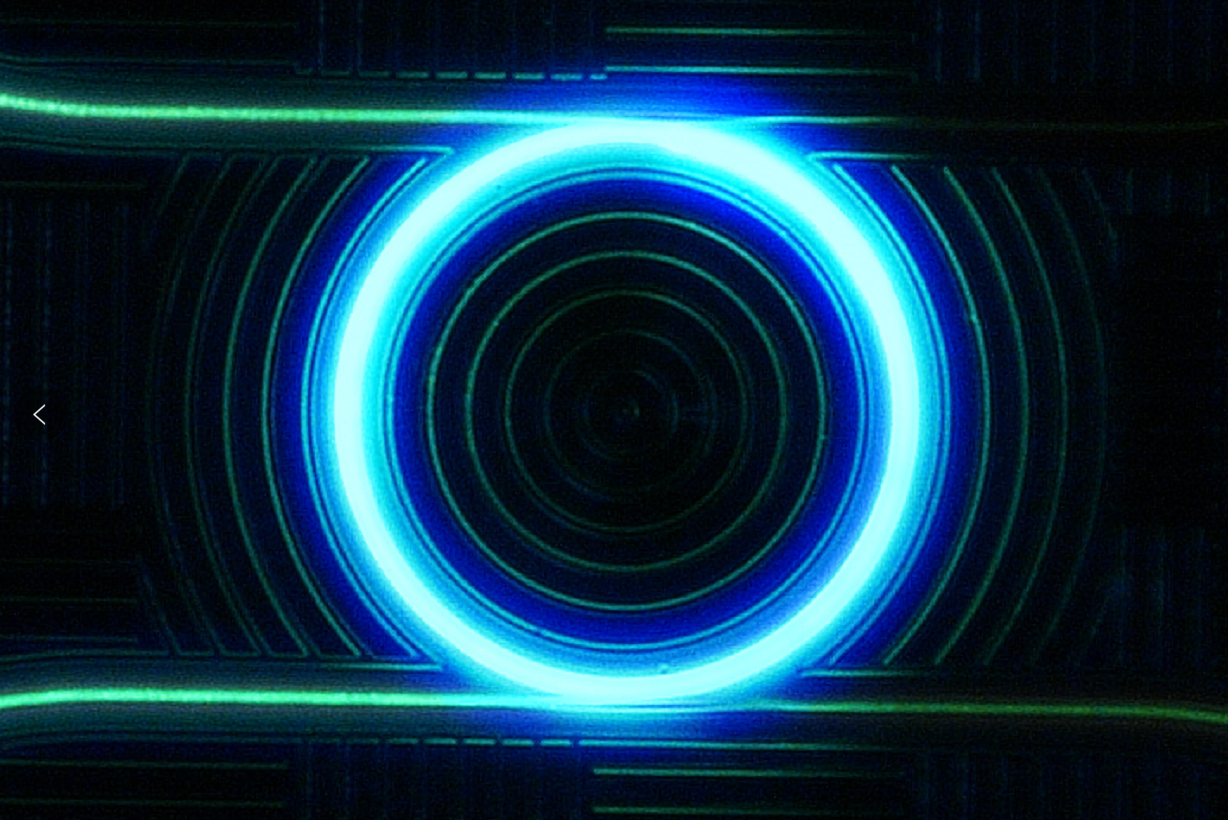
In the world of nanomaterials, when the “upconversion luminescence” material is excited by low-energy light, it can emit high-energy light, such as ultraviolet light. However, the emission intensity is not satisfied and hence limiting the further applications in different fields. A research team jointly led by the Materials Science and Engineering and Physics departments of City University of Hong Kong (CityU) has proposed a new strategy and successfully achieved upconversion luminescence with high energy conversion efficiency. The team believes that the research result will help further development and applications in miniaturized optoelectronic devices.
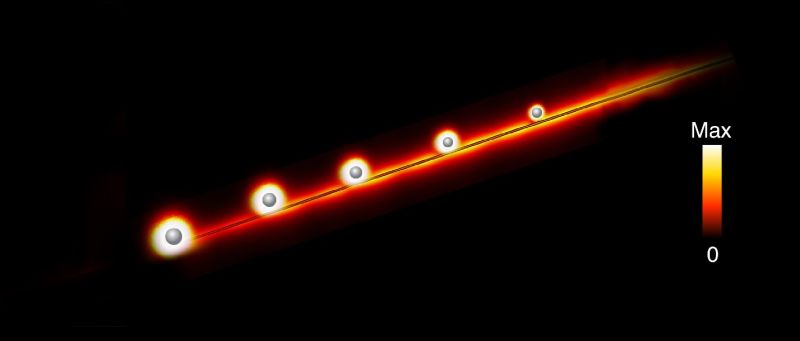
A research team comprising physicists from City University of Hong Kong (City U) and other universities has successfully achieved a physical phenomenon called “exceptional point” using a simple resonator system. The recent findings provide the foundation for developing ultrasensitive optical sensors in the future.
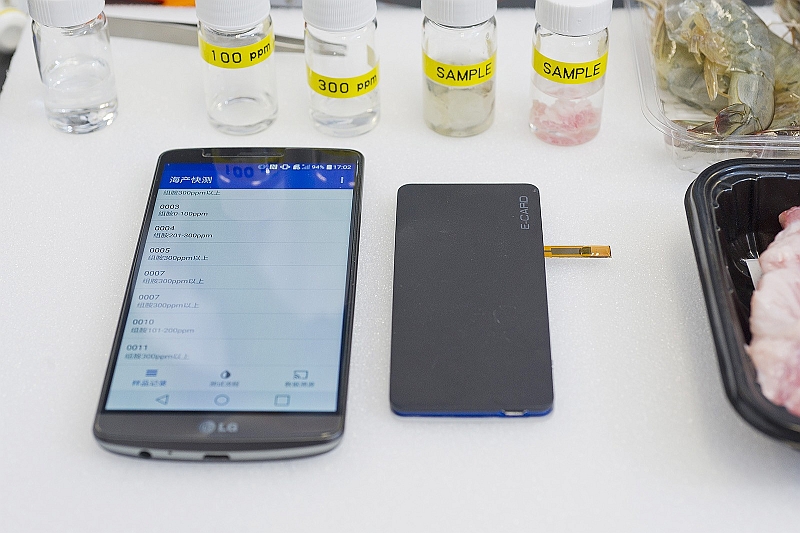
A new system for testing food safety developed by an interdisciplinary research team at City University of Hong Kong (CityU) can rapidly detect contaminants in food in ten minutes with concentrations of less than 0.2ppm (parts per million).
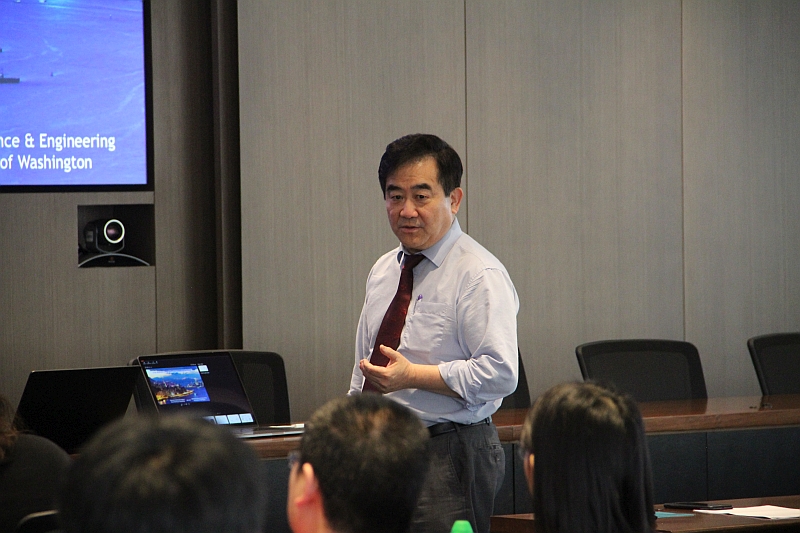
The 14th International Conference on Nanostructured Materials (NANO 2018) was successfully held from 24 to 29 June at City University of Hong Kong (CityU), with about 600 international scholars and researchers famous in nanotechnology fields, coming from 35 countries/regions and 300 different research organisations.

It is well-known that sound wave carries dynamical phase during propagation. A latest research conducted by researcher from City University of Hong Kong (CityU) and his collaborators from other universities has demonstrated a new type of phase of sound: the spin-redirection geometric phase.
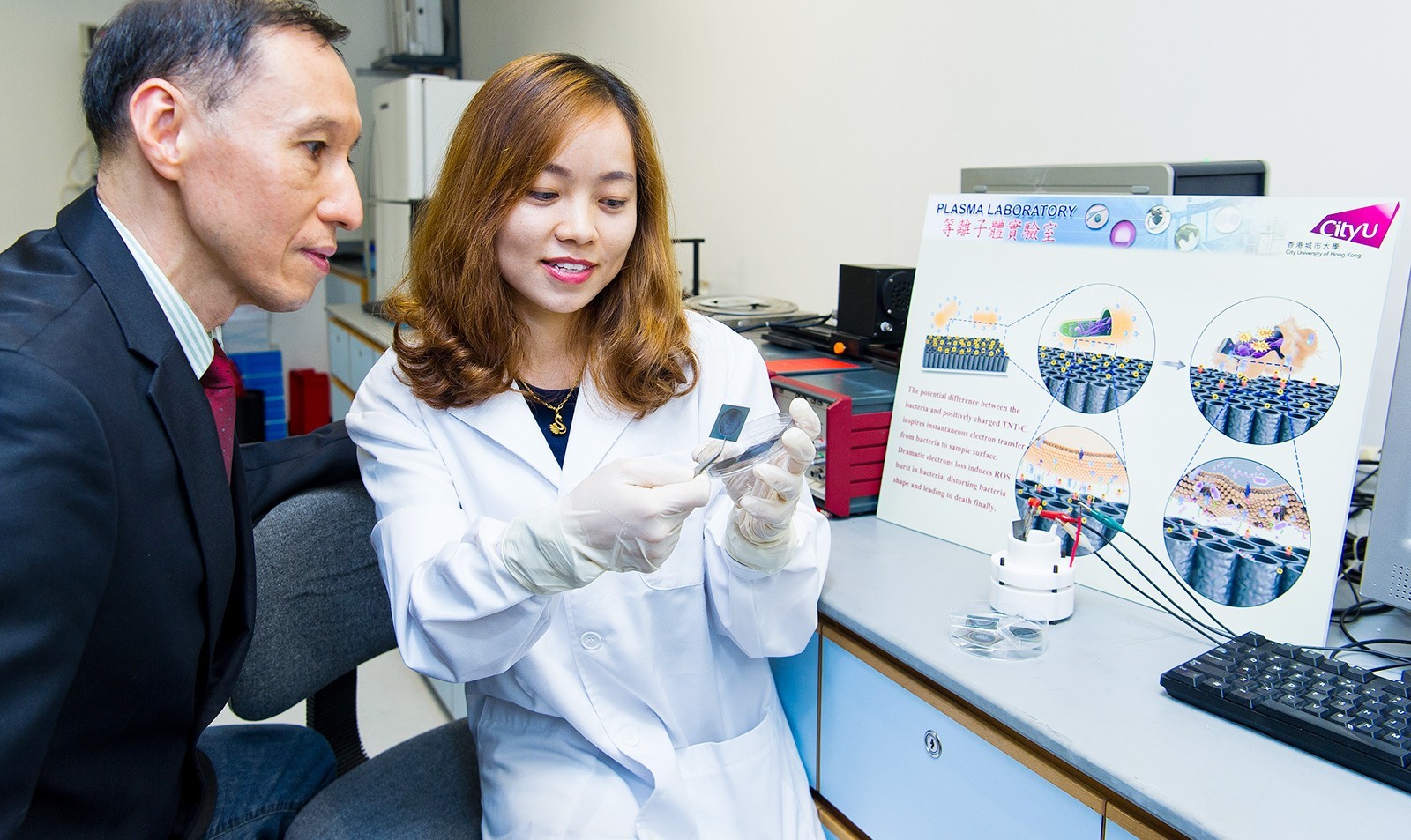
A research team led by Professor Paul Chu Kim-ho, a materials engineering expert at City University of Hong Kong (CityU), has developed a capacitive coating that kills bacteria when it is charged with electricity. When applied to orthopedic implants such as artificial joints and dental implants, the novel technology can reduce the risk of infection after surgery and help patients recover more quickly.